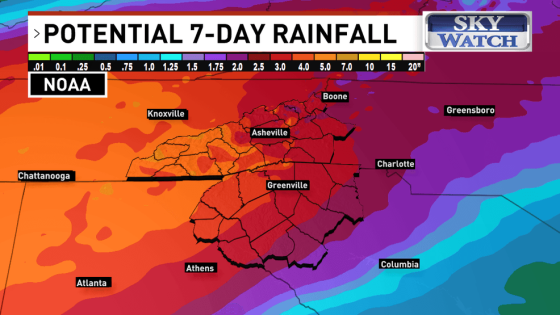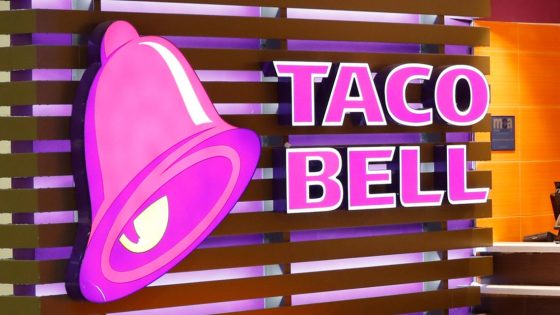This week, a heated exchange unfolded on social media between “Fox & Friends” co-host Brian Kilmeade and former CNN anchor Chris Cuomo. The debate escalated over the coverage of Pete Hegseth’s Signal text scandal, leading to insults that caught everyone’s attention. Is this rivalry just a clash of opinions, or is there more at stake?
- Brian Kilmeade and Chris Cuomo sparred on X.
- Cuomo called Kilmeade a propagandist.
- Kilmeade referred to Cuomo as an egomaniac.
- Geraldo Rivera intervened in the exchange.
- Cuomo suggested a face-to-face confrontation.
- Charity fight between Kilmeade and Cuomo declined.
Brian Kilmeade and Chris Cuomo Spar on Social Media Over Scandal
What happens when two media personalities clash online? This week, Brian Kilmeade and Chris Cuomo found out. Their argument started with Kilmeade criticizing rival networks for their coverage of a scandal involving Pete Hegseth. Cuomo retaliated, calling Kilmeade a “propagandist.” As tensions rose, Geraldo Rivera intervened, urging both to cool down. But what does this mean for viewers?
Understanding the Media Rivalry: Kilmeade vs. Cuomo
The ongoing feud between Kilmeade and Cuomo showcases a deeper issue in American media: the battle for truth and credibility. Here are key points to consider:
- Both anchors represent opposing media ideologies.
- Social media amplifies their disputes, reaching wider audiences.
- Insults reflect personal attacks rather than constructive dialogue.
- Geraldo Rivera’s intervention suggests a desire for civility.
Media Influence on Public Perception: A Closer Look
In today’s polarized environment, how do media personalities shape public opinion? Kilmeade and Cuomo’s exchange is a prime example. Each represents a faction of the audience, influencing perceptions of news coverage. The way they frame stories impacts how viewers interpret events, leading to further division.
The Role of Social Media in Modern Journalism
Social media platforms have become battlegrounds for media figures. They allow for instant reactions and can escalate conflicts rapidly. In this case, Kilmeade and Cuomo used their platforms to air grievances, showcasing the power of social media in shaping narratives. Are these exchanges beneficial or detrimental to informed public discourse?
In conclusion, the fiery exchange between Kilmeade and Cuomo reflects the ongoing tensions in American media. As personalities clash, viewers must navigate the complexities of biased reporting and sensationalism. What does this mean for the future of journalism? Only time will tell.

































